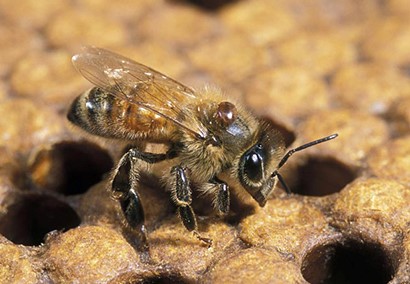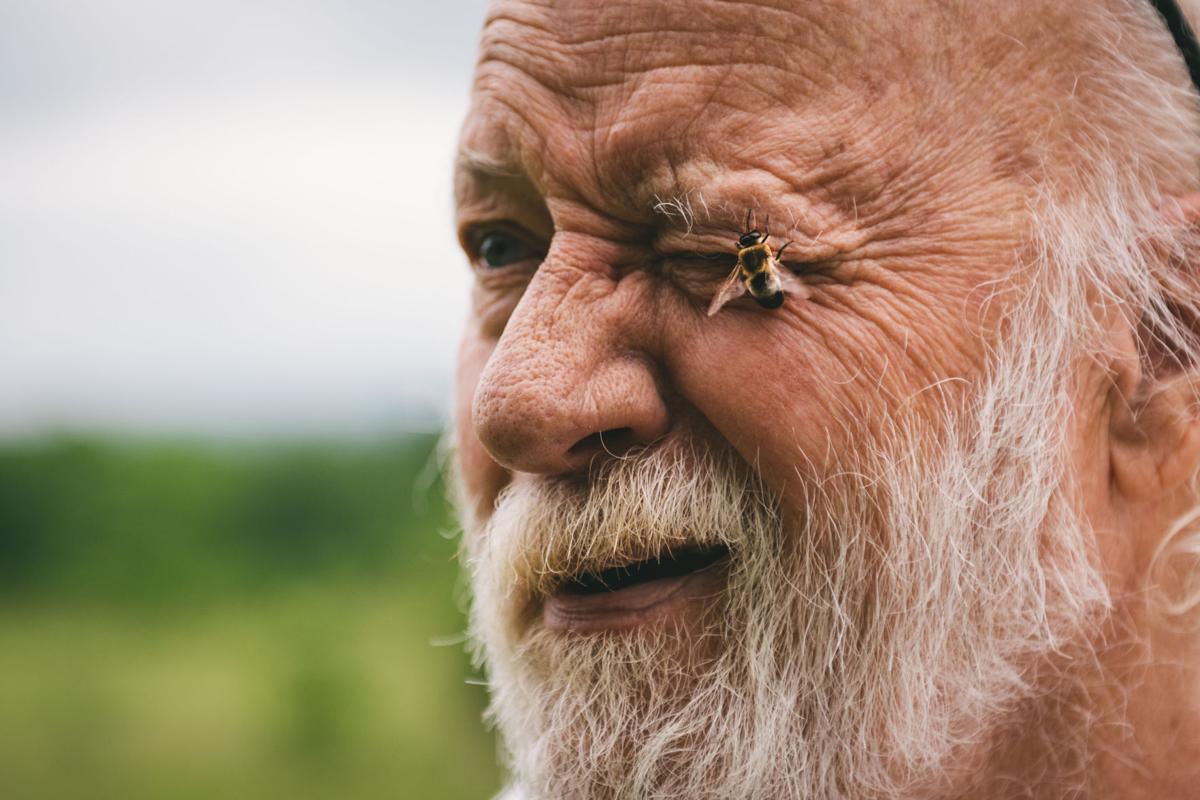Archives – June, 2017
From: FoodManufacture.co.uk
Poor EU decision making about the future of crop protection products could jeopardise the UK’s supply of cost-effectively produced food and cost farmers more than £1bn, warned the National Farmers Union (NFU).
Read Complete Article
June 19, 2017
From: NorthJersey.com
Scott Fallon
Frank Mortimer is a Bergen County beekeeper and President of the Northeast NJ Beekeepers Association. In this video, filmed at his Upper Saddle River beehives, he talks about his interest in bees and what the stinging insects do in their hives. Kevin R. Wexler/NorthJersey.com
Nearly half the honeybees in New Jersey die off each year, significantly outpacing the national average and perplexing scientists, who worry the losses could impact the state’s agricultural industry.
***
There could be many reasons for the deaths, but the consensus is that a parasite that is deadly to honeybees, the varroa destructor, has spread like wildfire throughout the state.
June 16, 2017
From: UNCG NOW

Postdoctoral researchers Kaira Wagoner and Esmaeil Amiri insert new frames into an experimental hive at UNCG’s beeyard.
***
UNCG Professor of Biology Olav Rueppell and his research team have just received a nearly $1 million grant from the United States Department of Agriculture (USDA) to investigate honey bees’ natural defenses against their main pest, the Varroa mite, and how to activate them.
Varroa mites are tiny, amber-colored circular creatures that live on the bodies of the honey bees. They feed on the bees’ blood and amplify a colony’s level of infection from illnesses such as Deformed Wing Virus or Israeli Acute Paralysis.
June 15, 2017
From: The Gazette
By: Rachel Riley

***
Scientists are still debating what exactly is causing bees to die off. Habitat destruction and pesticide use are two theories. Hench blames the varroa mite, a tiny parasite that latches onto bees and can transmit harmful diseases.
Joanne Scanlan emerged from Hench’s presentation excitedly reciting facts about the life cycle of bees and the destructive varroa mite.
Read Complete Article
June 14, 2017
From: Bee Culture
By Entomology Today

The Varroa destructor mite (shown above attached to bee) is a widespread parasite of European honey bees (Apis mellifera). Poor management practices have enabled the spread of V. destructor and other bee pathogens, an Australian bee researcher argues. (Photo credit: Stephen Ausmus, USDA Agricultural Research Service, Bugwood.org)
***
In a research essay published last week in the Journal of Economic Entomology, Robert Owen argues that human activity is a key driver in the spread of pathogens afflicting the European honey bee (Apis mellifera) and recommends a series of collective actions necessary to stem their spread. While some research seeks a “magic bullet” solution to honey bee maladies such as Colony Collapse Disorder, “many of the problems are caused by human action and can only be mitigated by changes in human behavior,” Owen says.
June 13, 2017
From: The Western Producer
Agency seeks more information before rendering a decision on imidacloprid use in Canada
***
A Health Canada spokesperson didn’t provide a date for the final decision. The public and agriculture industry representatives submitted comments about the PMRA proposal from late November until the last week of March. Health Canada experts continue to review that information.
***
Many grower associations told the PMRA, an agency operating under Health Canada, that nationwide phase-out of imidacloprid, over five years, was too severe and there wasn’t sufficient evidence to justify such a ban.
Read Complete Article
June 12, 2017
From: Ithaca.com
By Christie Citranglo

***
Parasites, in addition to habitat loss, are another danger to bees, specifically the varroa mites. After the mites found their way to the U.S. in the ’80s, Borst said, they’ve continued to evolve and develop a resistance to pesticides. Their breeding cycle is fast and scientists cannot keep up with their developments quickly enough to create a new solution — similar to bacteria in medicinal research.
“I’ve seen very diligent, professional beekeepers control the mites and still lost more bees than they’ve ever lost,” Borst said. “We have never really gotten a handle on how to control varroa mites.”
June 8, 2017
From: The White House | Office of Second Lady
WASHINGTON, DC – Second Lady Karen Pence and Agriculture Secretary Sonny Perdue today unveiled a newly-installed beehive on the grounds of the Vice President’s residence, drawing attention to the plight of pollinators whose numbers are in decline. Together, the two urged Americans to do their own part to help reverse the population trend among the creatures, which are essential to producing much of the nation’s food.
June 7, 2017
From: Genetic Literacy Project
Paul Driessen
***
Extensive studies have concluded that the actual cause of bee die-offs and “colony collapse disorders” has been a toxic mix of tiny pests (parasitic Varroa destructor mites, phorid flies, Nosema ceranae gut fungus, tobacco ringspot virus and deformed wing virus) – as well as chemicals used by beekeepers trying to control these beehive infestations.
Field studies involving crops where bees forage for pollen have consistently found no observable adverse effects on honeybees resulting from exposures to properly applied neonic seed coatings.
Read Complete Article
June 6, 2017
From: The National Law Review
Article By Lisa M. Campbell Jason E. Johnston, M.S. James V. Aidala | Bergeson & Campbell, P.C.
On May 25, 2017, the U.S. Environmental Protection Agency (EPA) announced the release of ecological risk assessments for four neonicotinoid active ingredients for public comment as well as the Registration Review Update for Four Neonicotinoid Insecticides (Update). 82 Fed. Reg. 24113. The ecological risk assessments are:
June 5, 2017
Next page
Previous page



